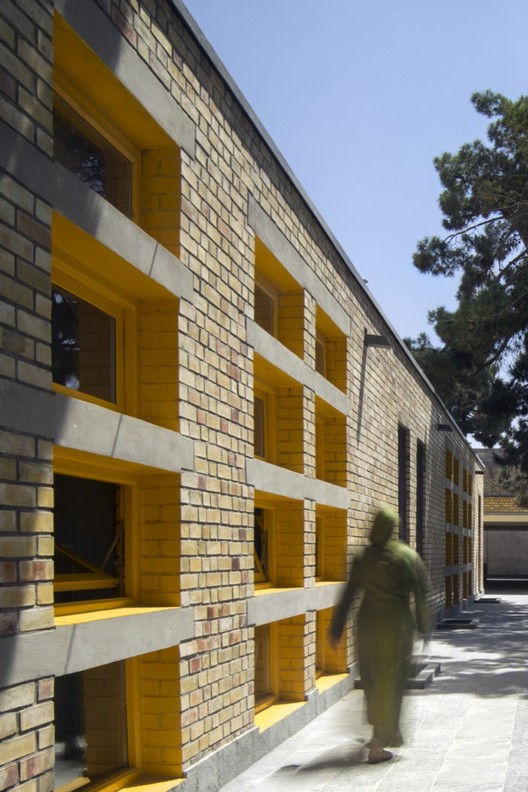
-
Architects: Robert Hull, University of Washington
- Area: 1700 m²
- Year: 2015
-
Photographs:Nic Lehoux
-
Construction: Afghanistan American Friendship Foundation, Jason Simmons, Sayed Ali Mortazavy, Hussain Ahmady, Farkhonda Rajaby, Airokhsh Faiz Qaisary
-
Daylighting: UW Integrated Design Lab, Michael Gilbride

Text description provided by the architects. Located in the center Mazar-i-Sharif, Afghanistan’s fourth largest city, the Gohar Khatoon Girls’ School replaces an older structure that was in an extreme state of disrepair and expands the capacity of a historically significant urban school. The 2,000 m2 complex provides space for kindergarten through grade twelve classes, serving at least 3,000 students or more a day.






























.jpg?1442881458)
.jpg?1442881468)



.jpg?1442881506)
.jpg?1442881516)
.jpg?1442881529)

